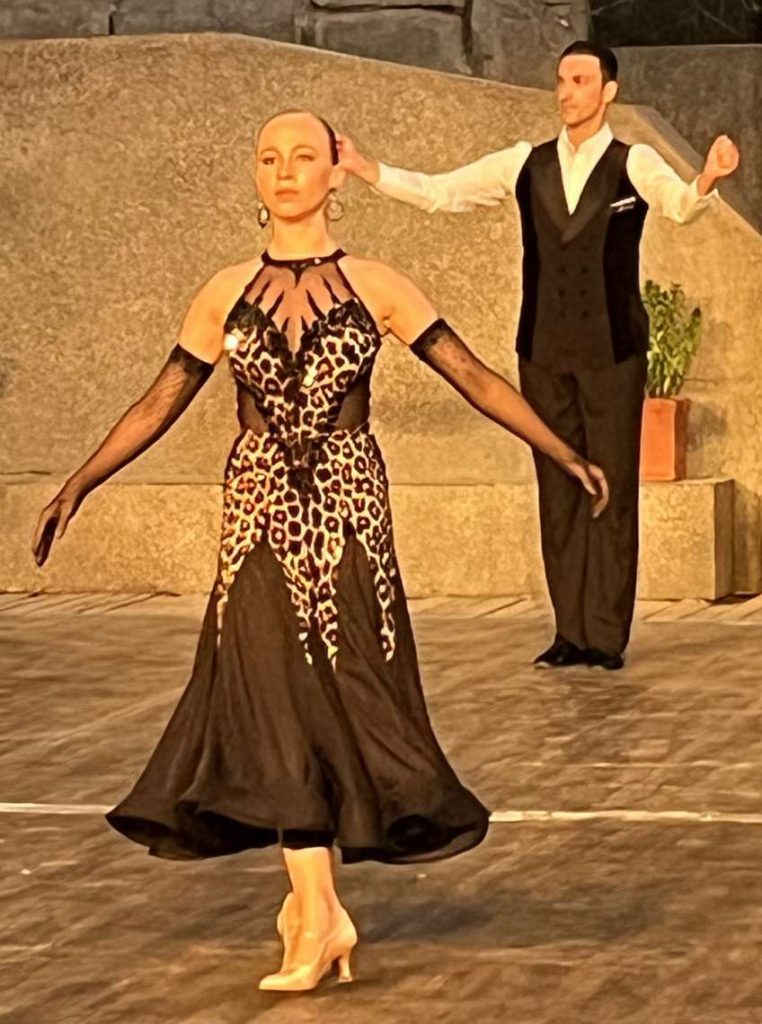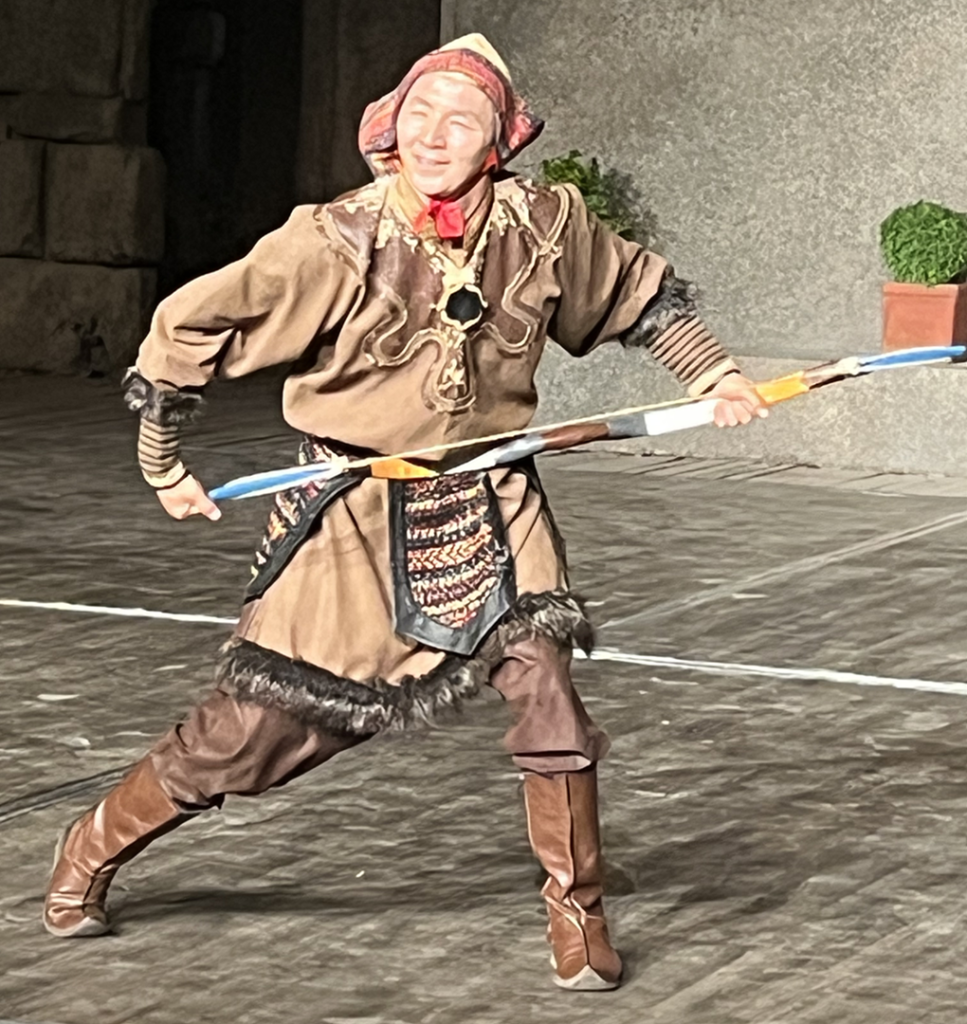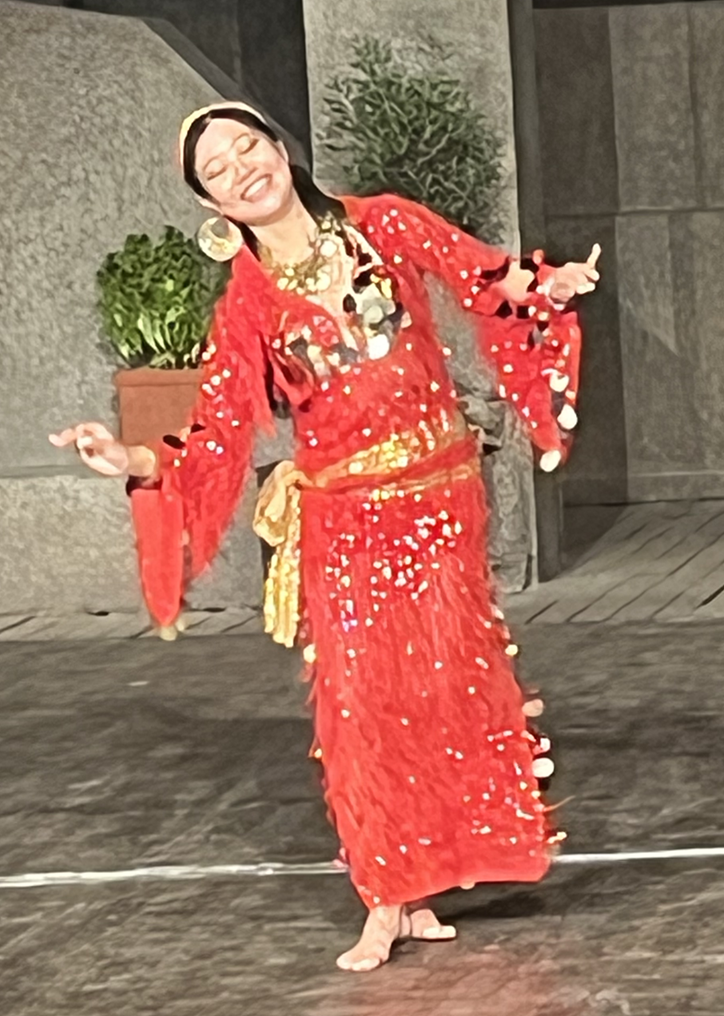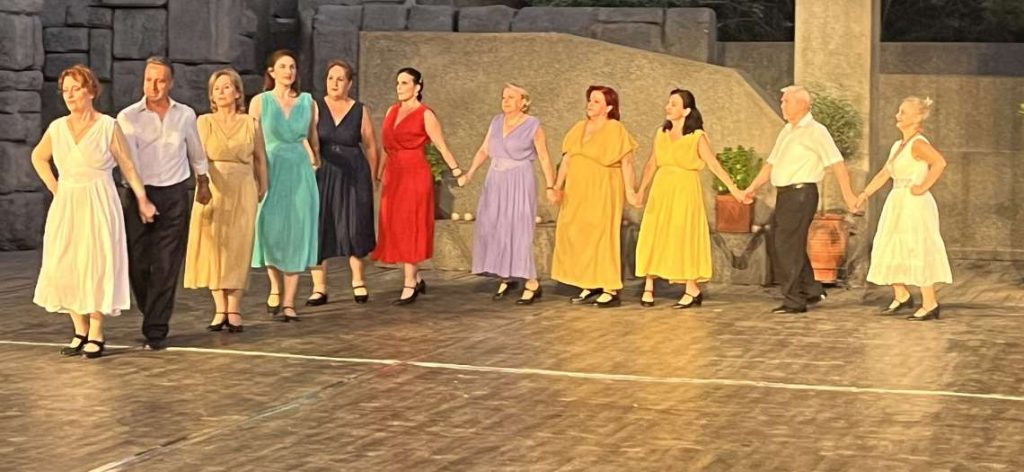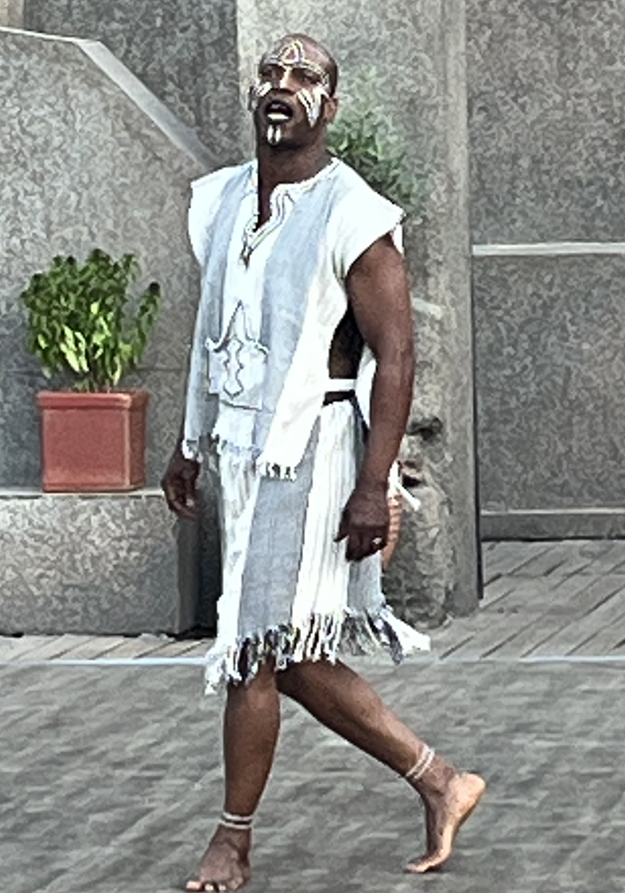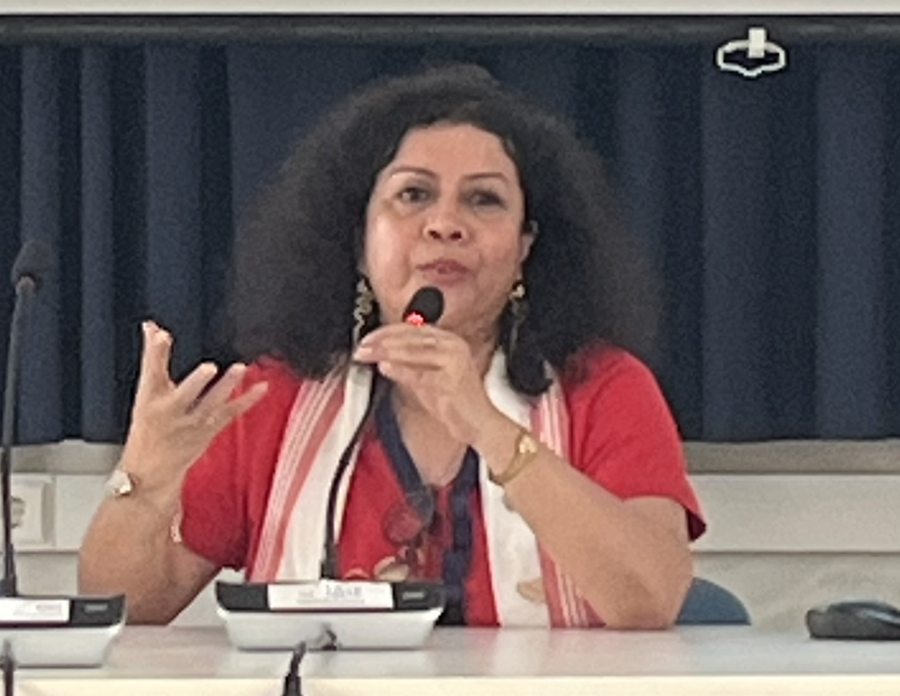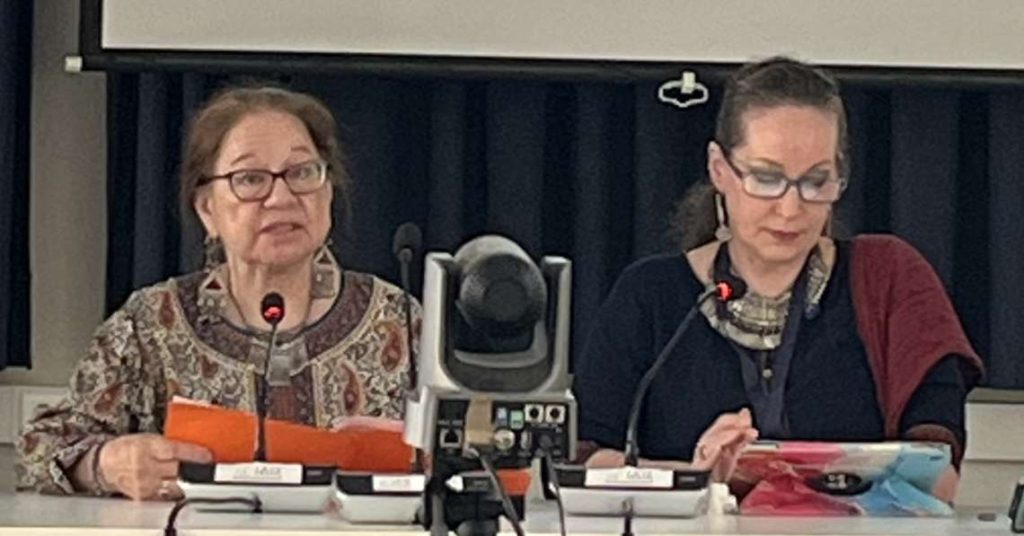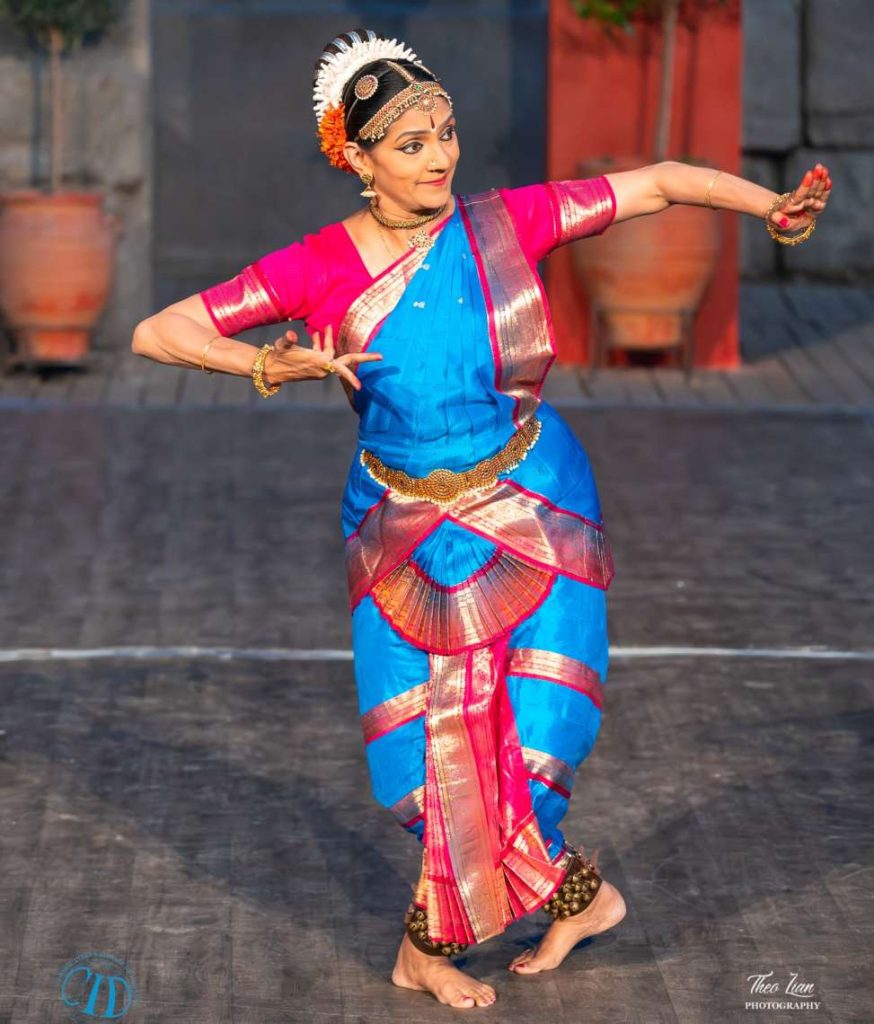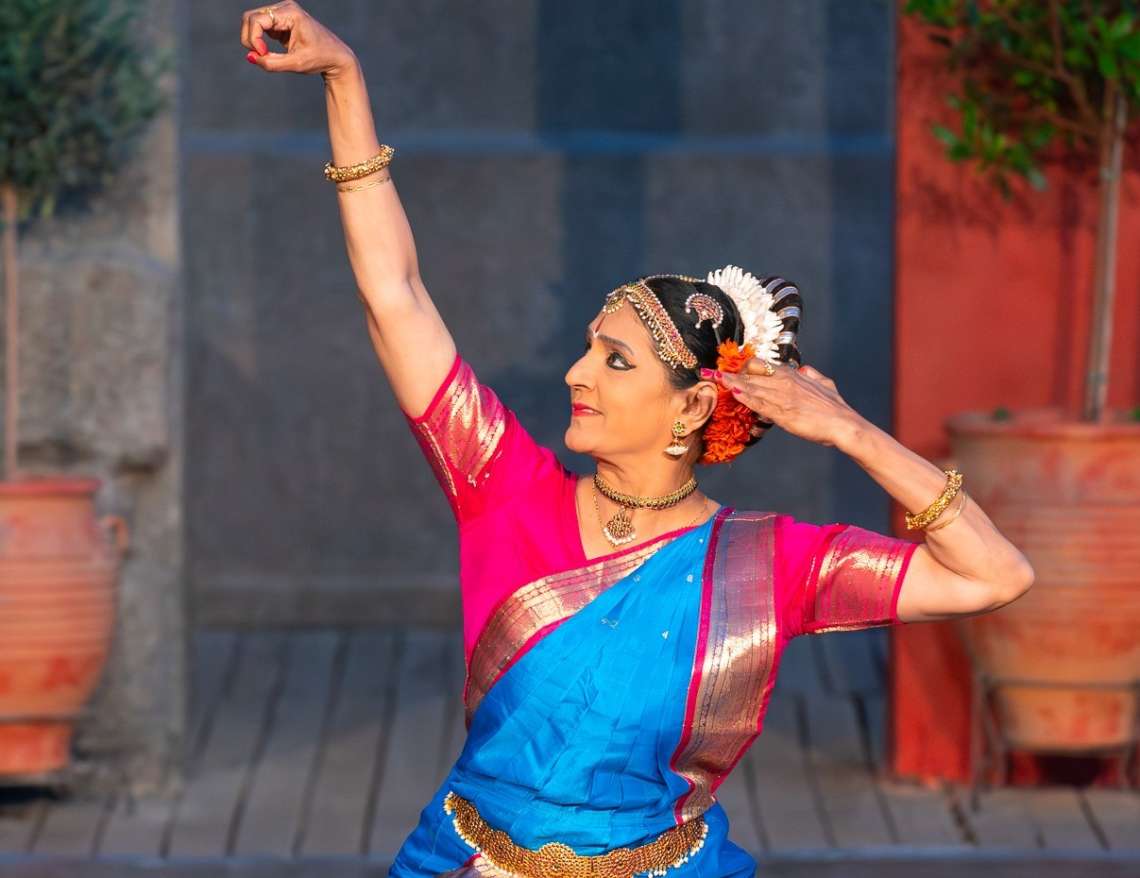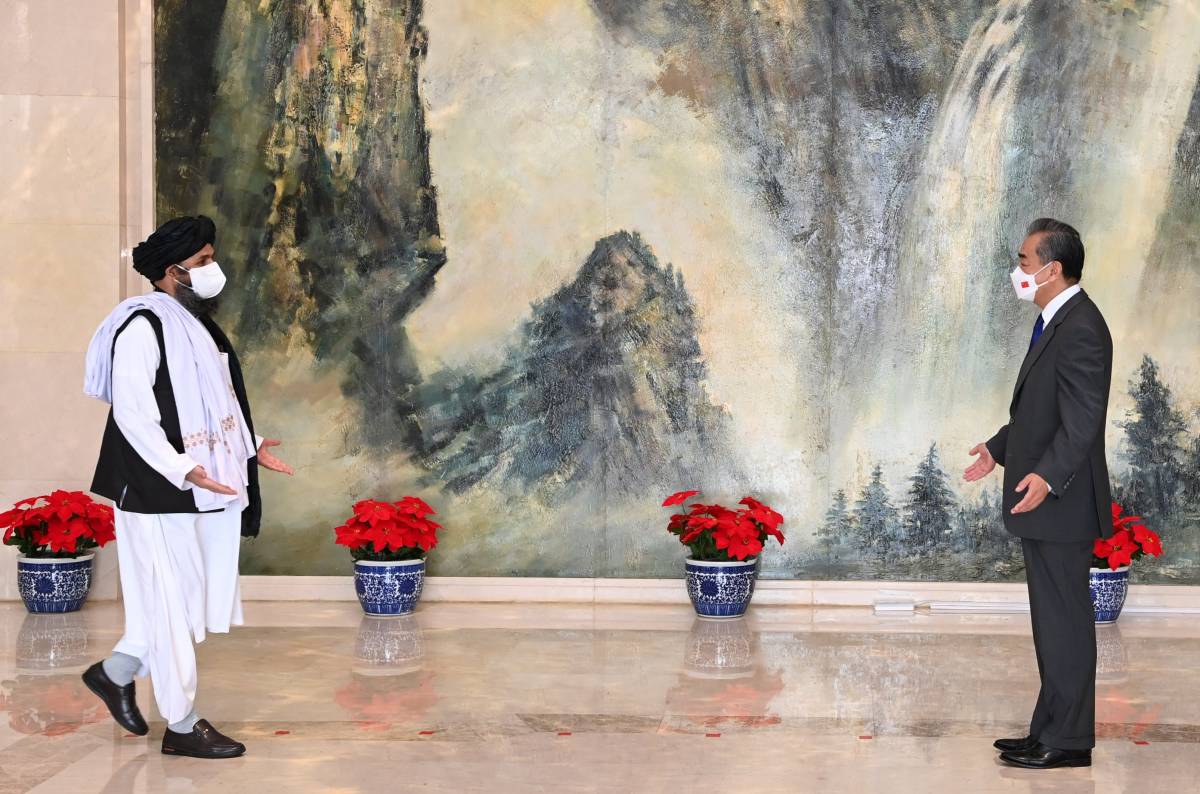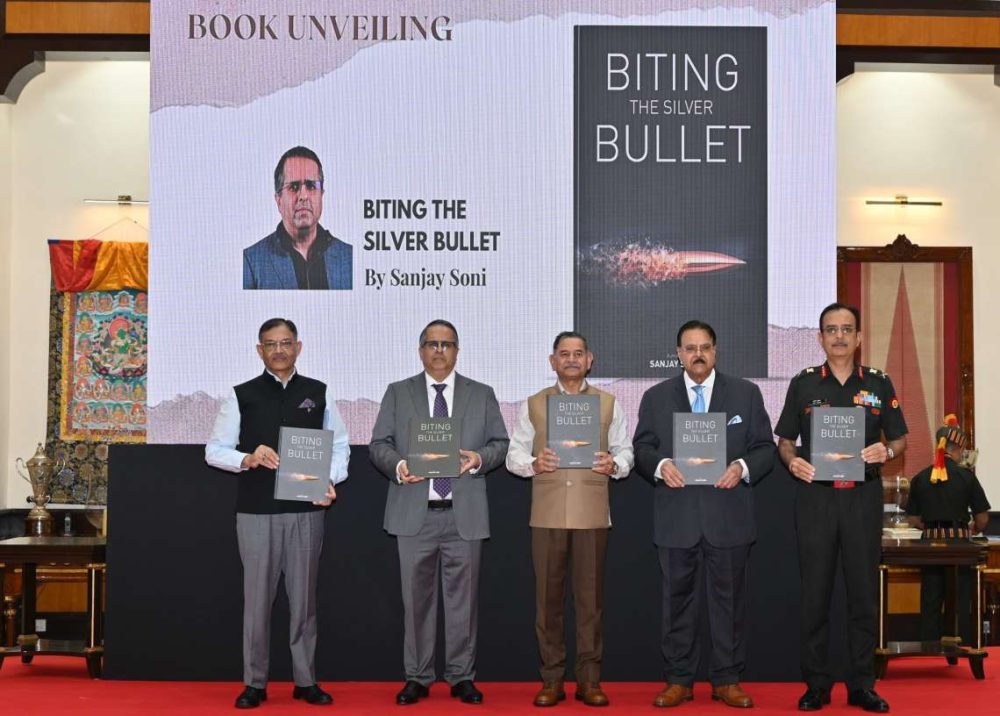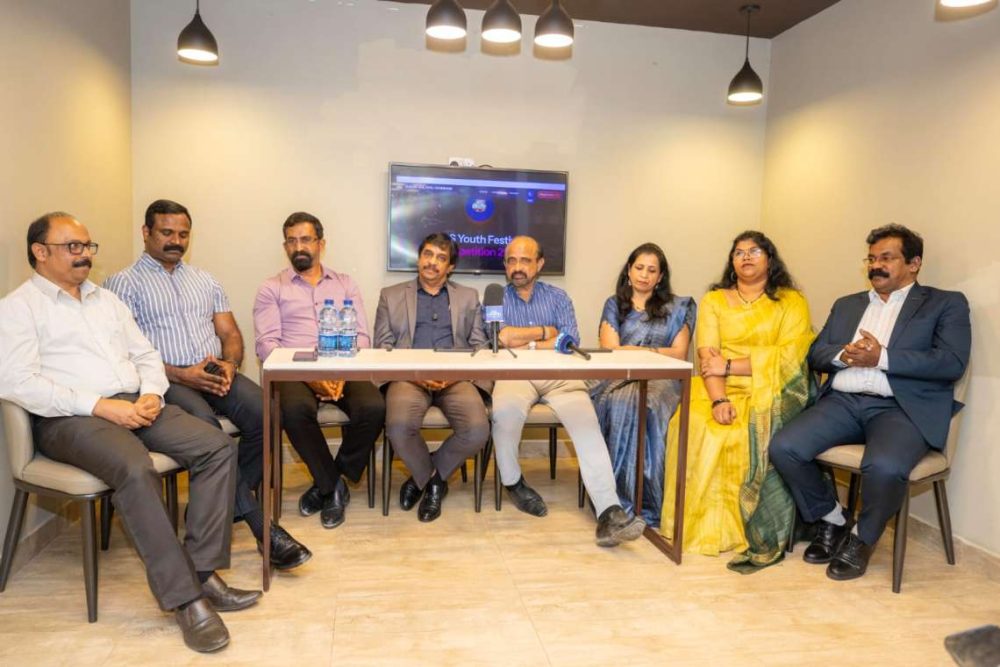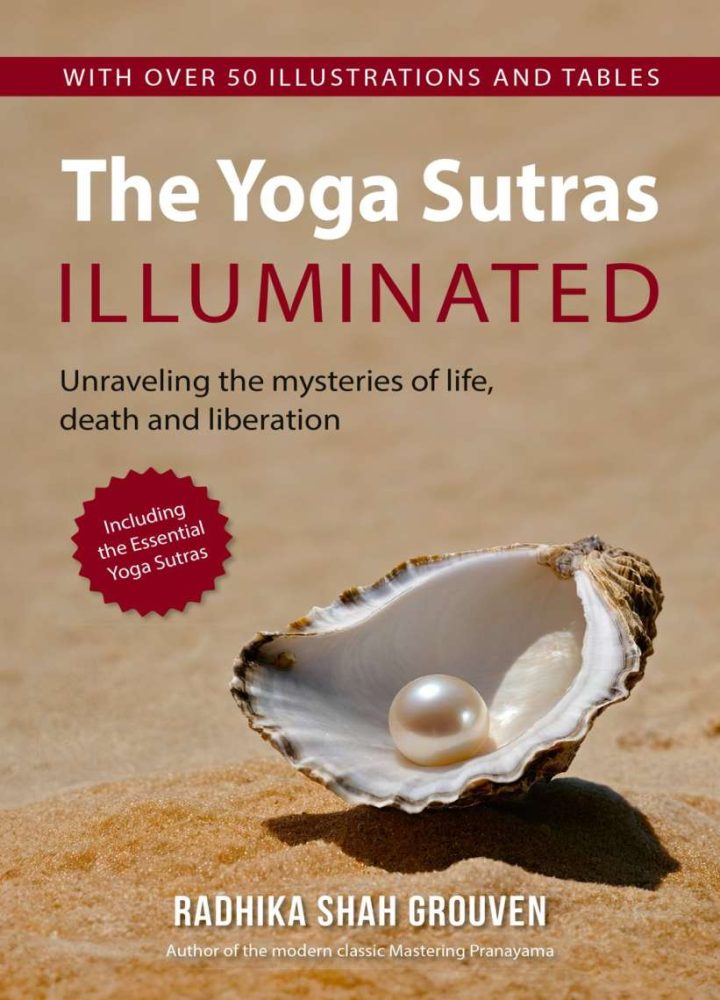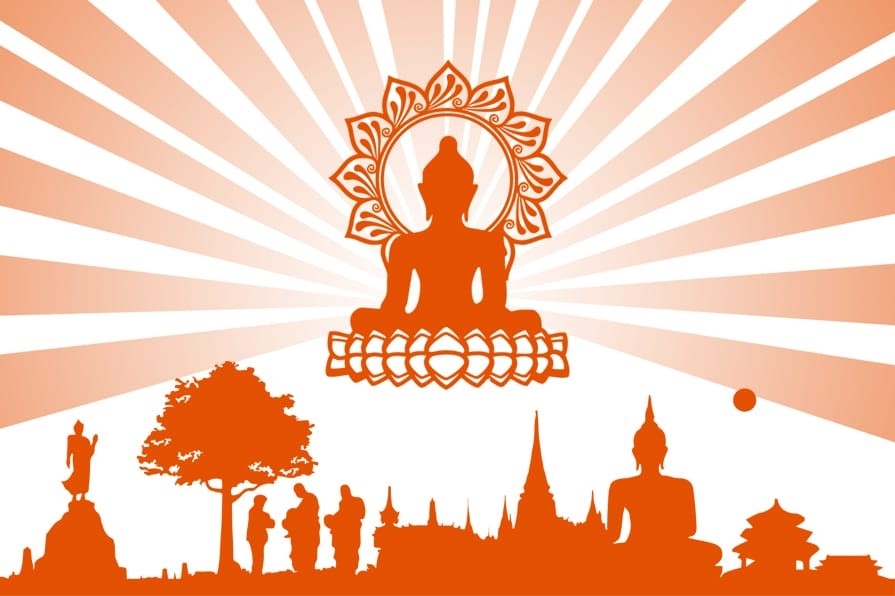Indian Dances of Bharatanatyam, Kuchipudi and Sattriya have been a vitally interesting part of the programme.
Performers from across five continents have congregated at the 63rd World Congress of Dance Research in Athens recently, presenting a rich variety of dances ranging from Ballet, traditional, tribal, folk and classical forms from Mongolia to Mexico, from Canada to Croatia.
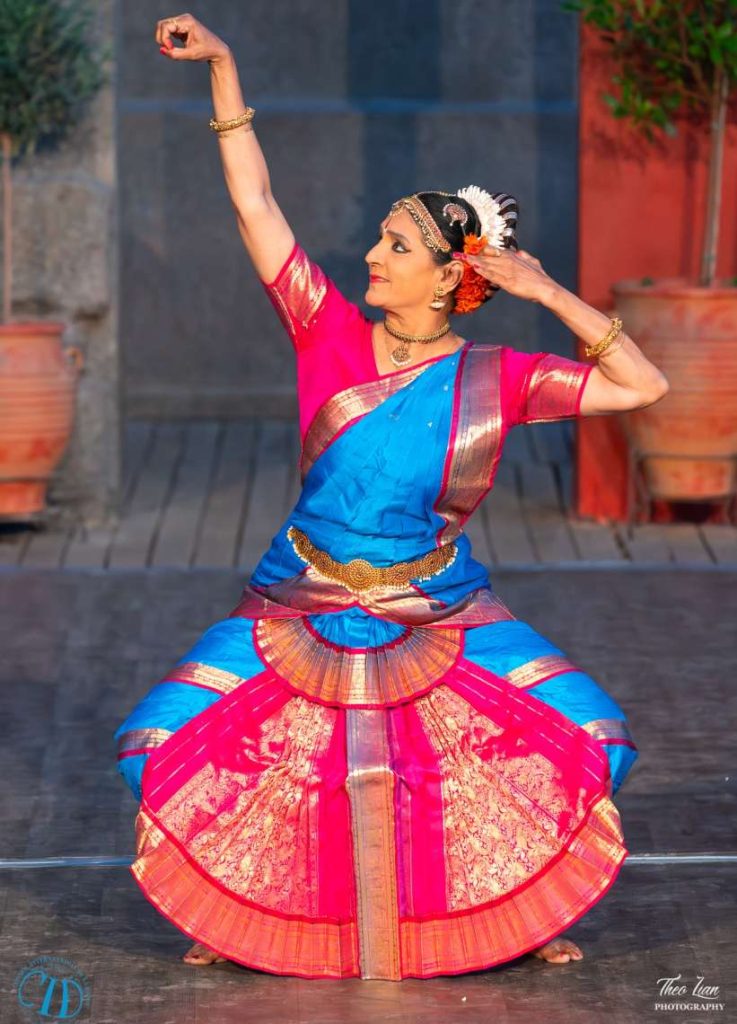
Thought-provoking talks have been hosted during the four-day activity organised by UNESCO’s International Dance Council at Institute of International Relations whereas Dora Stratou Greek Dance Theatre came live with diverse and vibrant dance performances and workshops.
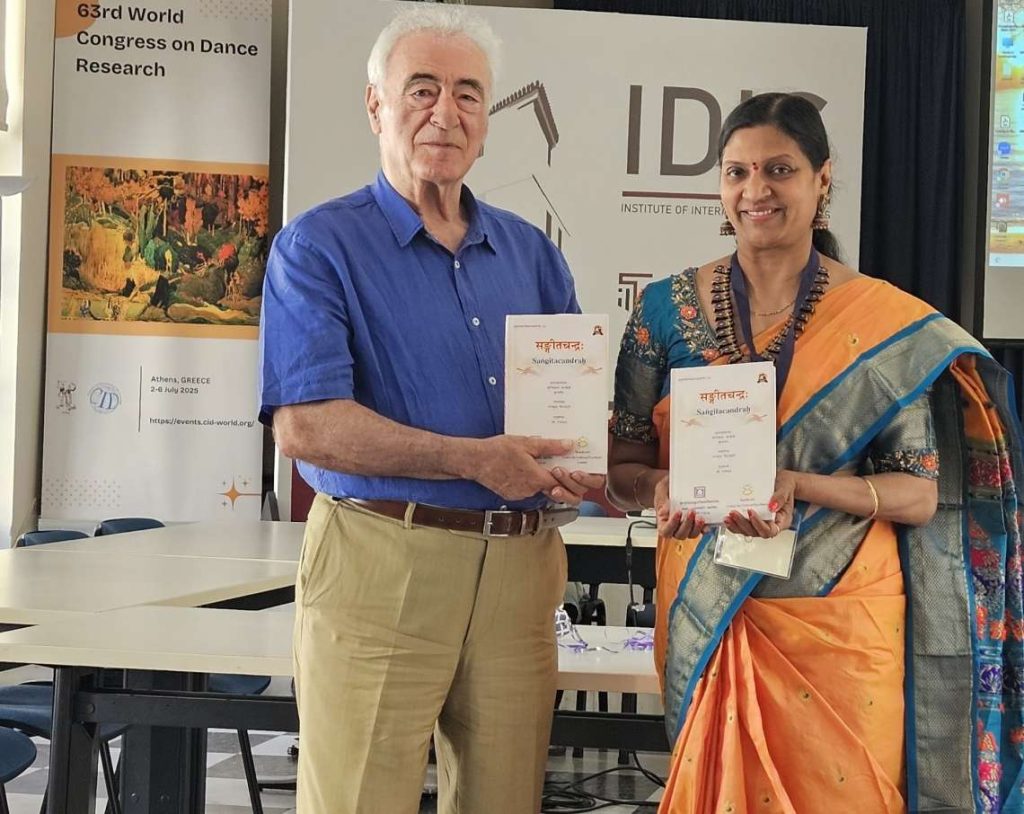
Indian Dances of Bharatanatyam, Kuchipudi and Sattriya have been a vitally interesting part of the programme. Students of Pranamya School from the United States of America presented Kuchipudi, while award-winning dancers Dr Ragasudha Vinjamuri from Britain and Dr Mallika Kandali from India beautifully presented Bharatanatyam and Sattriya respectively. Smooth dancing, traditional Greek folk dancing, Flamenco, Mongolian Arch Epic, Brazilian Samba therapy, Upper Egyptian dance et al were well applauded, among others. From the UK, Ann White’s students also presented Ballet.
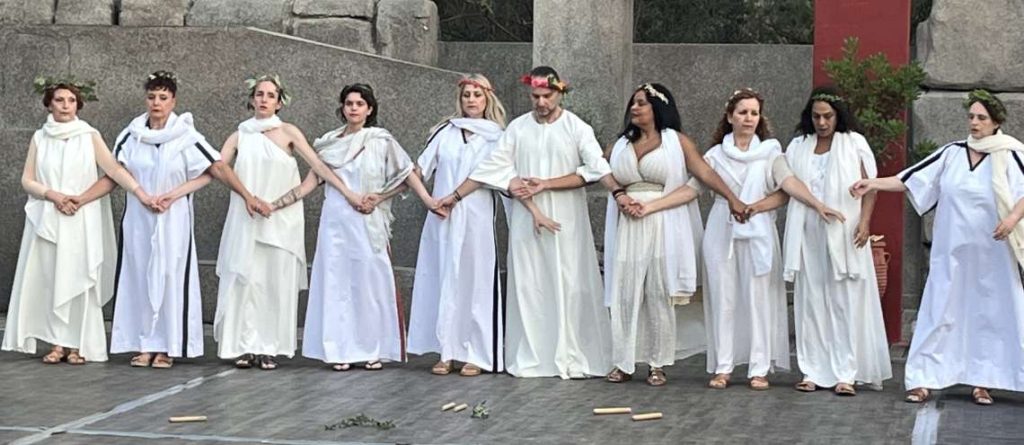
Talks ranged from Creative Drive and Neuromodulation, Dance in Education, Dance and Gender, Dance in Gluck’s Opera, Slovak Ballet, Immigrant and Indigenous Dance Artists, Decolonial Dance Collaboration and more.
The English translation of Sangeetacandra, the rare 14th-century Sanskrit text on dance edited by Dr Ragasudha Vinjamuri was unveiled for European audiences by the President of International Dance Council Prof. Alkis Raftis, a significant milestone for dance history, literature and practice. The book is a rare title and a joint publication of Sanskruti Centre for Cultural Excellence, UK and Central Sanskrit University, India.
